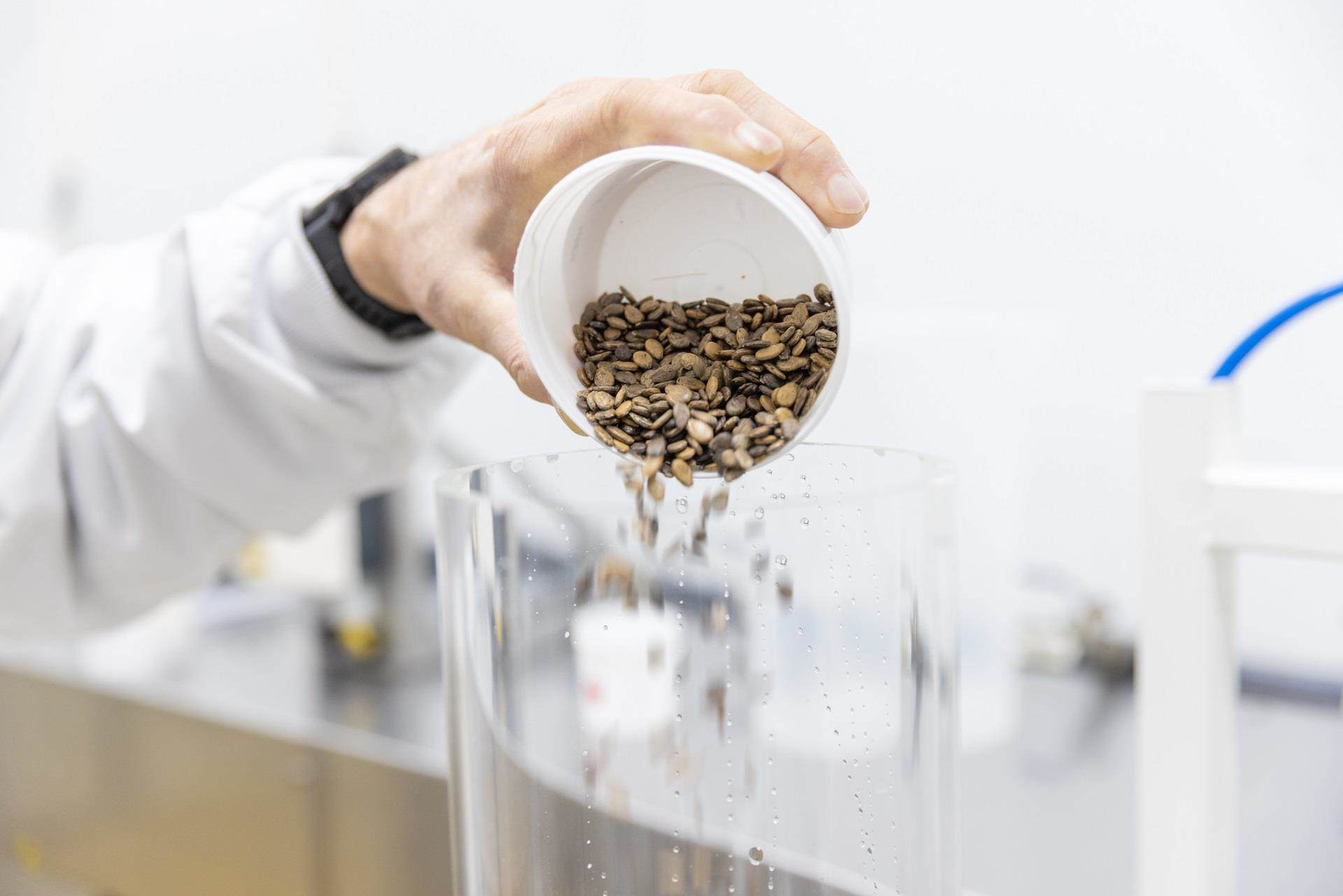5 questions about seed priming
The priming of seeds for agriculture is one of the most powerful techniques in seed enhancement. But you may wonder: why and when is it advantageous to prime seeds? Where did the idea of priming come from in the first place? Is priming possible for all types of seeds? Are there any known disadvantages to priming? And, finally, is there an alternative for priming?

1. Why and when should you prime?
The priming of seeds can have several reasons, all of which are, in my opinion, related to germination. Principally, after priming the germination of seeds becomes faster and, especially, more uniform. In addition, primed seed can also germinate better under suboptimal conditions. If there is dormancy in the seed, this is broken and if dormancy is not present, but may occur when the seed is exposed to unfavourable conditions, this can be prevented. With a uniform germination, quite some advantages can be obtained, from easier transplanting to more uniform and higher yields.
2. What is the origin of priming?
If priming is considered equal to wetting seeds before sowing, then priming is an old technique that was already practised by the ancient Greeks and Romans. However, when the wetting is done in a much more accurate and controlled way, then priming was first described by Heydecker (1973/1974).
Piming is a process that involves controlled hydration of seeds which allows them to go through most of the stages of the germination process but does not supply enough moisture for radicle protrusion
At Incotec, we use the definition based on the latter situation: priming is a process that involves controlled hydration of seeds which allows them to go through most of the stages of the germination process but does not supply enough moisture for radicle protrusion. This way the germination is as synchronized as possible, and in the process dormancy can also be broken or prevented.
3. Which type of seeds can be primed
Although there are exceptions, priming is mostly done on vegetable seeds. Since priming involves accurate moisturisation of the seed and may take quite a long time, a priming treatment for agronomic species or large-scale vegetable species is seldom performed. An exception is sugar beet, which has dormancy and needs pelleting as well. For vegetables, priming is done on quite a lot of species. Only those that have no dormancy and already have a fast and uniform germination do not need priming. But quite some species have some kind of dormancy or have a heterogenous germination and for those species priming is indispensable.
4. What is the downside of priming
When executed properly, priming has only one big disadvantage and that is reduction of shelf life. In most species, the seed still germinates very well a few years after the priming process. In a species like celery, however, shelf life is reduced to only a few months. And, of course, when the priming is poorly executed (too long or at a too high moisture level) shelf life is more seriously reduced. Then the seed might even germinate during the priming. For specialized seed enhancement companies like Incotec, the expertise lies in creating a priming with enough synchronization effect and a proper shelf life.
5. Are there alternatives
Principally, there are no alternatives for priming. When the reason for a bad germination is physiological, you need a physiological approach to solve it. Even when the main reason is physical, like an impenetrable seed coat, solving this does not mean that the seeds are physiologically synchronized.
To develop a priming for a new species, there are 7 aspects that need to be considered. These will be discussed in my next publication.
Henry Bruggink is senior research scientist at Incotec, a leading seed enhancement company. Henry specializes in priming. Recently he contributed a chapter to the book Advances in seed science and technology for more sustainable crop production, by Dr. Julia Buitink and Professor Olivier Leprince.